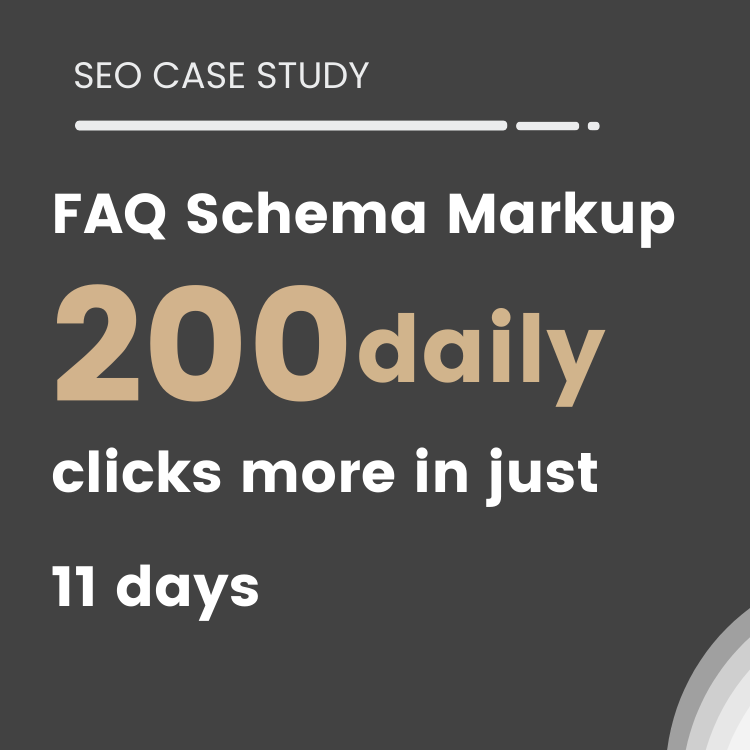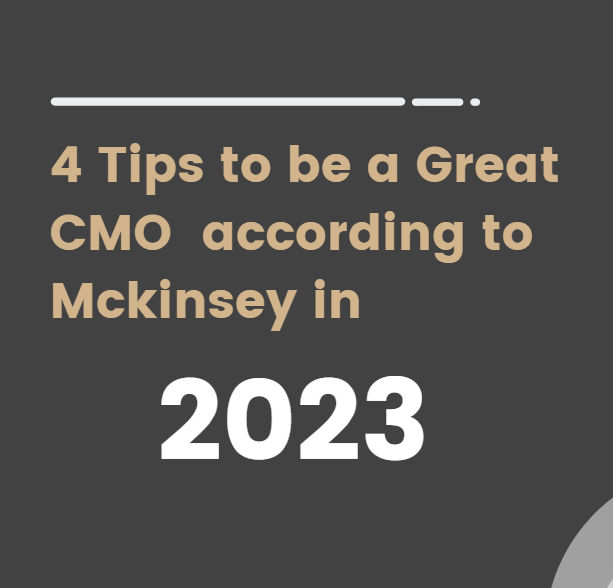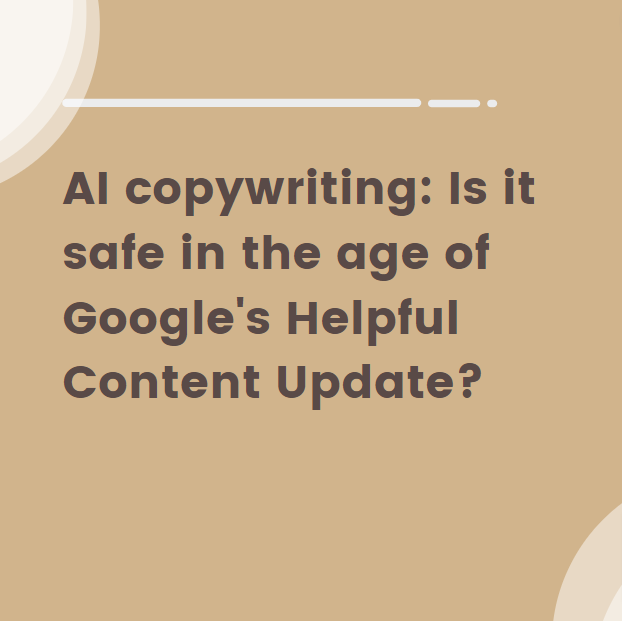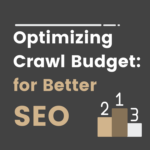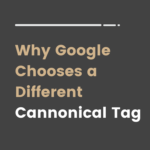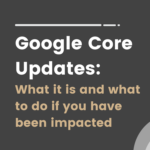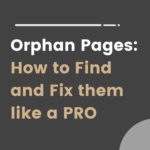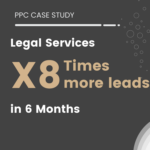This is where playing your cards right with local SEO can make a big difference.
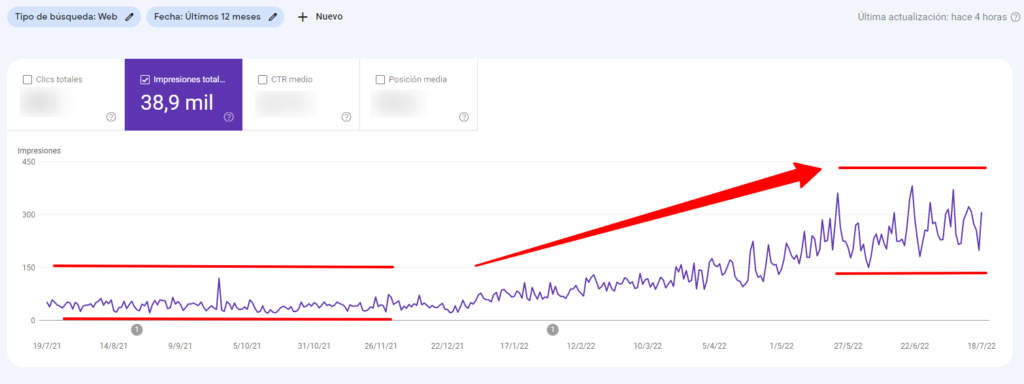
- 1. ∆ 372 % of organic impressions in this period from 8,310 appearances in Google searches to 30,900 impressions.
- 2. ∆ 219% total clicks from Google from 276 views to 605
- 3. 14.3 points improvement in average rank for the domain from 54th to 39th position.
- 4. ∆ 65% more brand searches
- 5. ∆ 299% appearances in new queries (458 new searches, 89 of them on the first page and 40 of them in the top 3).
As we have said, these are not “big numbers”, but for sure they made a difference allowing us to build up a full order book until the end of 2022 for this solar installation company.
Starting point: Neither recognition nor brand recognition for the project
The truth is that in October 2021 the client’s website was stagnant and its visibility was practically low in the SERPs as we can see in the following image:
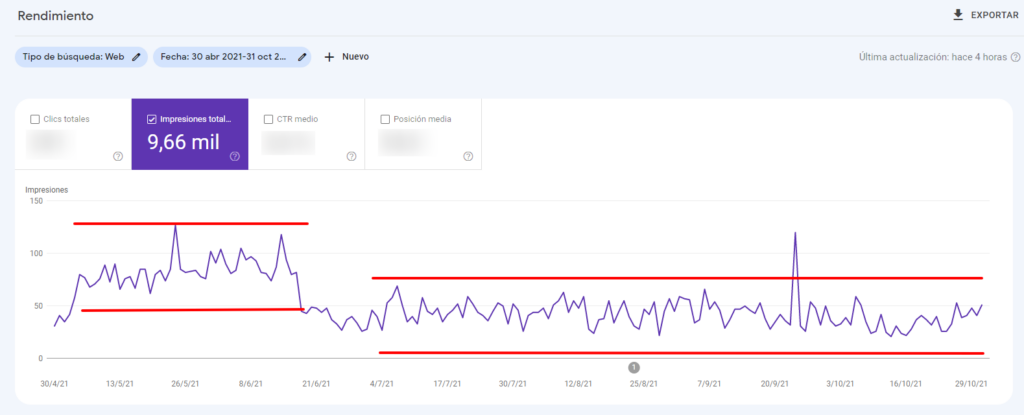
On top of this, there was the added difficulty of several weaknesses:
- 1. A brand with hardly any value or recognition in the market.
- 2. Lack of Google My Business listings for the company’s locations.
- 3. A blog with no work or focus on informative keywords of interest that could drive transactional traffic as well as traffic to the competition.
- 4. And of course, the nature of the business model: what we call a “buy and go” without repeat purchase. That is to say: a person who requests an installation, once it is completed, does not need to consult the site or additional services on the web again.
Nevertheless, we set to work trying to make the most of the strengths of the project:
- 1. High profit margin per product sold..
- 2. Competitive price of equipment and installations.
- 3. Expanding market with orders booming (renewable energies).
And the opportunity to focus on local SEO from the outset, knowing that the customer’s margin for each installation service was high, that their offer was superior to the competition in price and performance given that they had a small but very professional team.
The Challenge: Ranking profitable local business keywords within a 30 km radius
The big problem we faced was how to gain visibility for a project with highly competitive keywords in a tough niche market with a low search volume, as you can see in this screenshot:
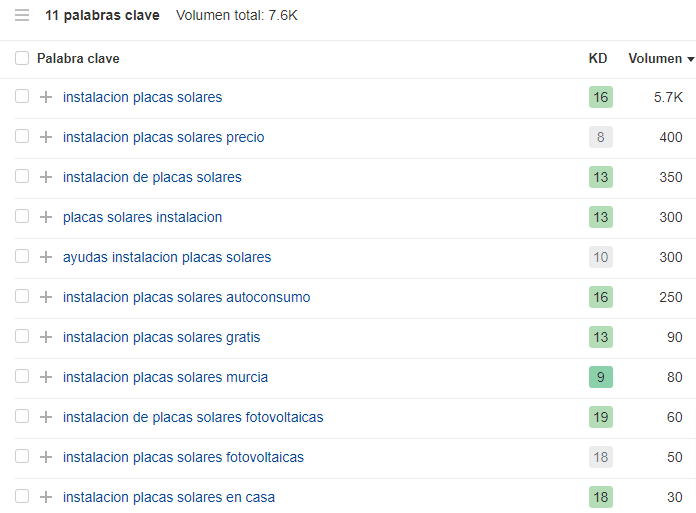
But, thanks to this, we had free hands to start deploying our “total SEO tactics” where we knew we would meet the least resistance: Google’s local pack.
So we decided to partially abandon the blue links at first to focus on improving and creating new local service pages on the website and boosting them with GMB listings.
For this purpose, we selected the towns in the client’s service area, where these Google results will be identified.
The issue: Is it possible to increase transactions and revenues in such a small project?
So, although it was decided to give priority to the entire local SEO framework, we did not forget other aspects such as:
- Work on informational content with the potential to activate the SEO Funnel with the blog.
- Implement and improve structured data on the website
- Improve domain authority through quality media links
- Consider launching a cost calculator tool on the website
- Pay attention to EAT to enhance branding
And it allowed us to tackle the Local Pack at the same time as the blue links, doubling the volume of results in the SERPs where they would appear.
The iSocialweb Plan: Branding, local search oriented landings and generating visibility through GMB profiles.
- Step 1: Create new GMB-optimised profiles (now Google Business Profile)
- Step 2: Link GMB tabs to a sales-optimized location page
- Step 3: Work on the informational content of the blog
- Step 4: Implement structured data
- Step 5: Link building to create brand entity and improve authority
Step 1: Creation of 14 new optimized Google my business listings
The main objective of this action was to address local intent searches regardless of their volume in order to appear in the SERPs in at least two results: one for the local pack and one for the blue links.
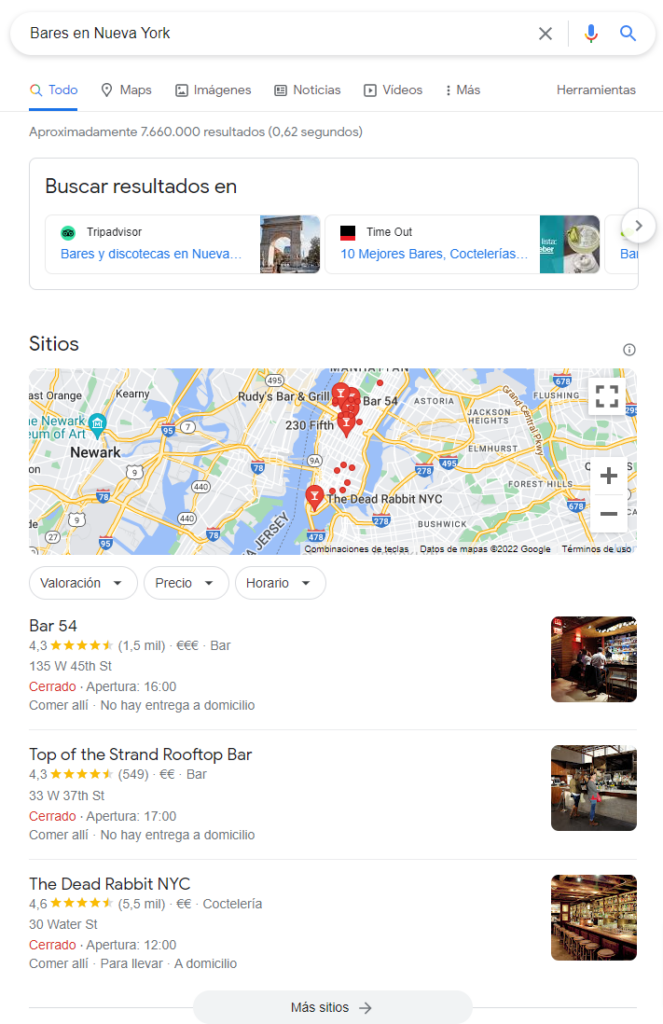
Given that the client’s products could only be transported up to a limited distance of 30 km, we identified all the locations where searches for services related to the company were displayed in the Google Local pack so that we could start requesting and creating Google My Business listings.
Thus, it was possible to compete with two organic results instead of one.
Step 2: Linking GMB tokens to a sales-optimized location page
- Create unique local landings for each town
- Optimize titles and meta descriptions for local services and products.
- Implement a CTA’s in the mobile version (whatsapp button)
- and link the cards to the location pages or local landings on the website.
The landings or rather the local pages must meet the local search intent of the users.
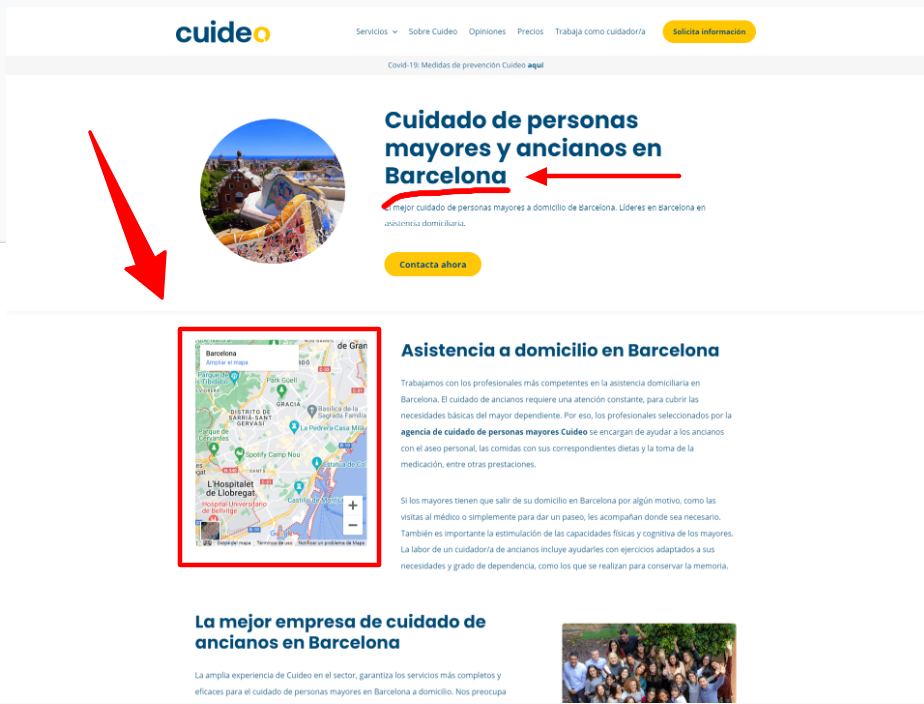
In this case, the location page is optimized for ranking using a local long tail of the service + location keyword type: “Care for the elderly in Barcelona”.
*Note: if you have several towns, we recommend writing customized texts for the different location pages in order to avoid having similar or duplicate content.
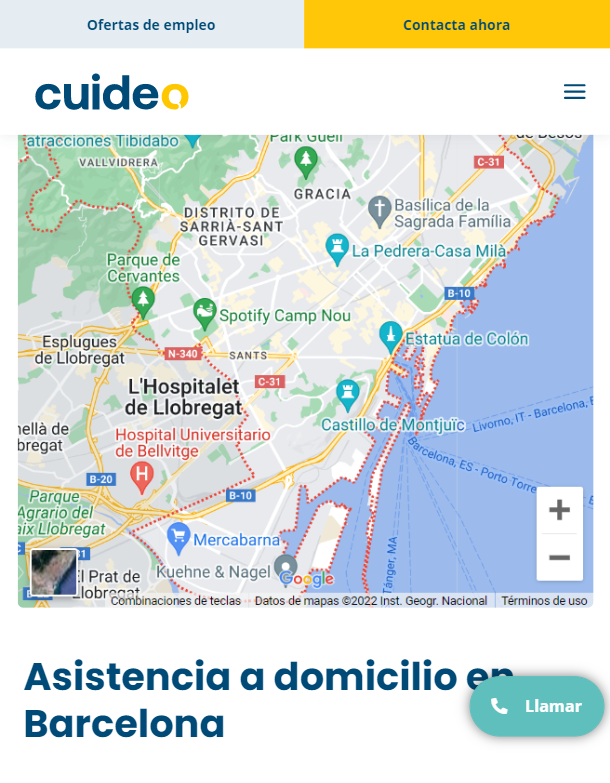
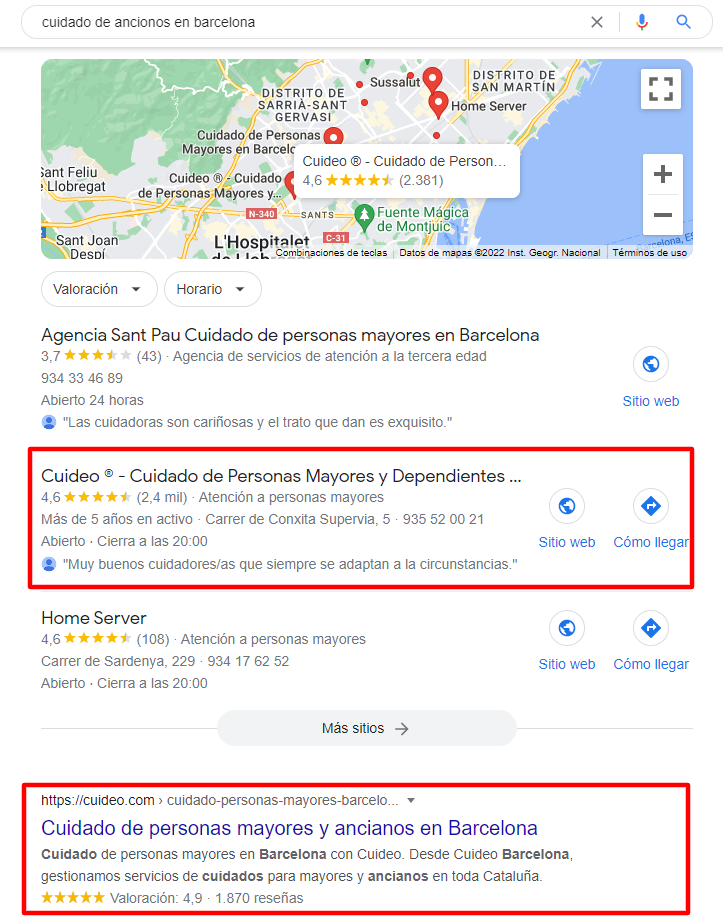
Step 3: Working on informational content of the blog to improve transactionality
The main objective in this sense was to identify user queries close to the purchase decision phase.
- Conventional keyword research targeting informational terms
- Content gap analysis of direct competitors to find out what which terms had transactional value for the project
- Search queries extraction by user using the internal search engine of the website
This analysis was completed with a selection of relevant terms from Google suggest and Google trends.
This way, it was possible to present a keyword opportunity report to the property along with a content strategy that was quick, targeted and business oriented.
Step 4: Implementing structured data
To do this, we used the famous Rank Math plugin, which made it much easier for us to mark up local data in the client’s WordPress.
Step 5: Link Building to improve brand equity and enhance authority
Finally, once all the technical SEO and content issues have been resolved, we start link building efforts with the aim of matching the authority of competitors adding external links and “citations”.
Always focused on improving the reputation of the brand, as well as the authority of the service pages.
In this case, we first analyze the type of links of the competition to replicate those links of value.
Secondly, we focused on improving the authority of the website by capturing links from blogs and media specialized in the industry, which could provide web traffic referring to our brand.
In conclusion: exceeding expectations
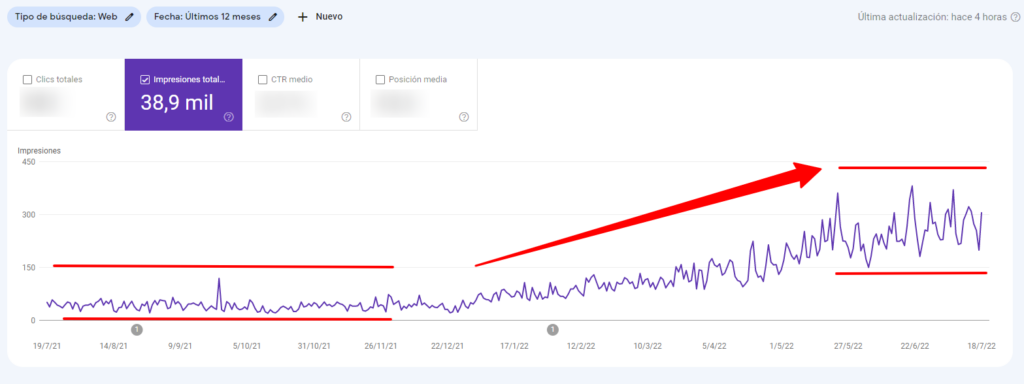
(GSC > Performance) – Period from 30 April 2021 to 31 October 2021
The image above shows the considerable increase in impressions that resulted in a flow of calls and requests for quotes that led the company to close an order book for the next 4 months and establish a waiting list for new customers.
That’s why if you are in a market niche with local search intent and need a boost, we recommend you contact us. We are sure to find a valid SEO strategy to help you rank in the SERPs.
Artículos Relacionados
Head of SEO and co-CEO at iSocialWeb. CMO at Growwer. Specializes in conversion optimization and Experiential Marketing.
- Este autor no ha escrito más artículos.

